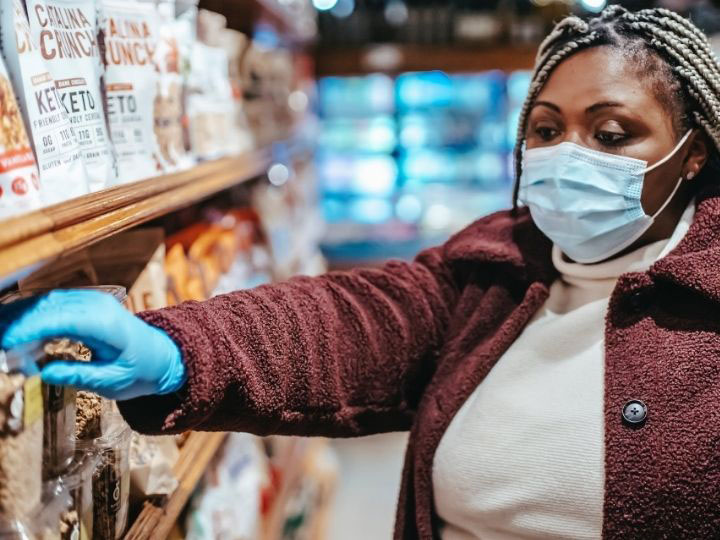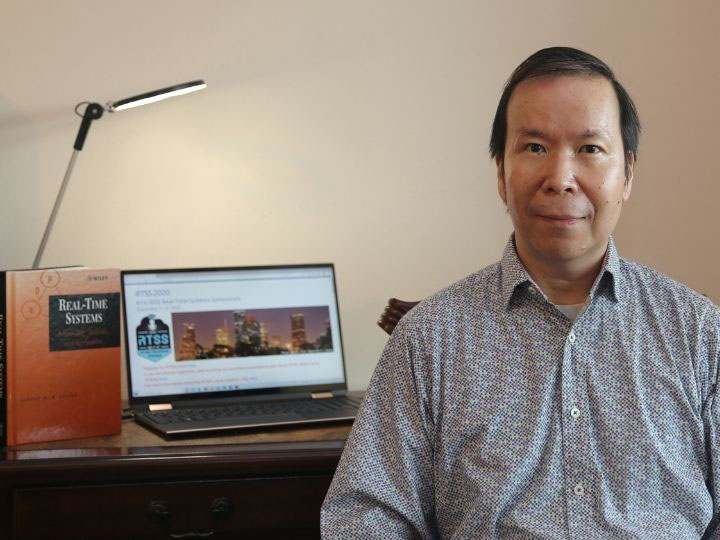University of Houston Researcher Creates System Based on Public-Domain Data
In this uber-cautious pandemic era, have you ever wondered when the best time to go run an errand might be, maybe when your grocery store is the least crowded, so you could reduce the chance of being exposed to a contagious disease?

Well, there could soon be an app for that.
In fact, implementation of a real-time COVID-19 infection risk assessment and mitigation (RT-CIRAM) system is already underway in the lab of Albert Cheng, professor of computer science and electrical & computer engineering at the University of Houston. Cheng presented his plans at the Institute of Electrical and Electronics Engineers (IEEE) conference HPC (High Performance Computing) for Urgent Decision Making and will publish the work in IEEE Xplore.
To figure out the best times to avoid crowds and accomplish activities outside the home, while minimizing the risk of COVID-19 infection, the mobile phone system will analyze up-to-date data from multiple open sources.

“Preliminary work has been performed to determine the usability of a number of COVID-19 data websites and other websites such as grocery stores and restaurants’ popular times and traffic,” Cheng reported. “Other data, such as vaccination rates and cultural factors (for example, the percentage of people willing to wear facial coverings or masks in an area), are also used to determine the best grocery store to shop in within a time frame.”
On the app, the user gives input values for the intended destination(s) and the farthest distance she or he is willing to travel (in a personal car or public transport) and the time frame (start time and deadline).
“The RT-CIRAM provides as output the target location and the time interval to reach there that would reduce the chance of infections,” said Cheng.
Though the concept sounds simple, there’s plenty of science behind the scenes.
“We are leveraging urgent high-performance cloud computing, coupled with time-critical scheduling and routing techniques, along with our expertise in real-time embedded systems and cyber-physical systems, machine learning, medical devices, real-time knowledge/rule-based decision systems, formal verification, functional reactive systems, virtualization and intrusion detection,” said Cheng.
Mobile phone COVID-19 contact tracing and proximity apps already exist to support social distancing measures, but they are only effective when most of the mobile phone users adhere to the procedures required by these apps.
“Even in countries like Singapore where stringent nonpharmaceutical interventions (NPIs) can be implemented, these apps have not been shown effective and often provide a false sense of safety from infection for the mobile phone users. This personal system will be useful for an individual citizen to reduce her/his infection risk while contributing to containing the spread of the COVID-19 and future pandemics,” said Cheng.
- Laurie Fickman, University Media Relations